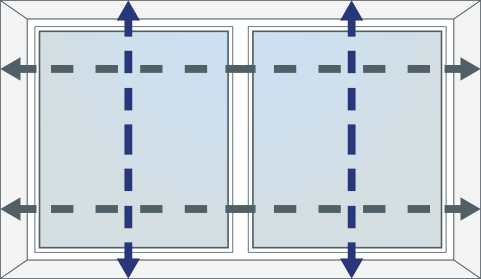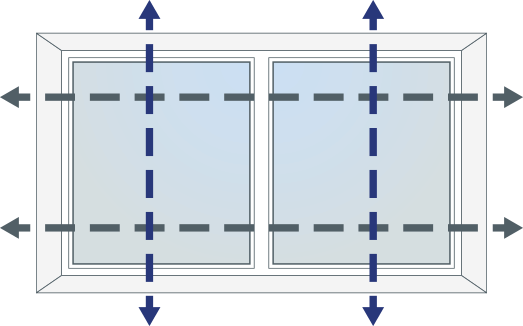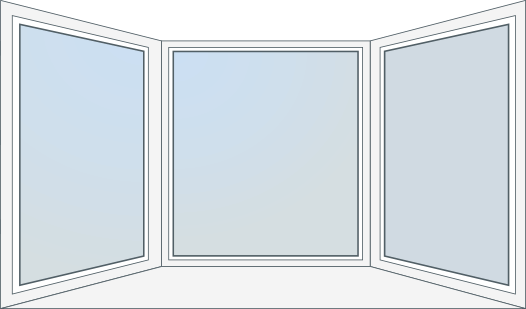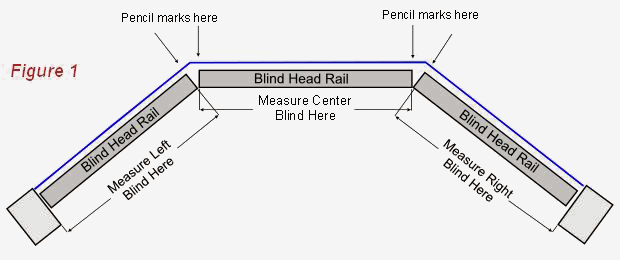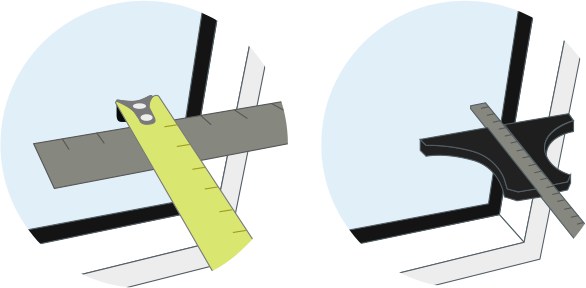Elan Duo Tone 9469
-
Details
Duette® Shades are available in a wide assortment of beautiful fabrics, rich structures and colours in three transparencies.
Choose from either ‘Sheer’ ‘Translucent’ or ‘Room Darkening’ to achieve the light and privacy you desire in designs that suit both small and large windows.
Model 120 has a fixed headrail at the top, controlled by either SmartCord® or Lite-Rise®
Model 3242 has no fixed rail and runs on 2 side tensioned cables and is operated by hand only.See images of both models here
Maximum & Minimum Sizes
Model 3242
Max width 1700mm - Minimum width 250mm
Max drop 2300mmModel 120
SmartCord Max width 3600mm - Minimum width 550mm
SmartCord Max Drop 3000mm
LiteRise® Max width 2400mm - Minimum width 370mm * minimum for blackout and Archatella fabrics is 570mm
LiteRise Max drop 2100mm -
Specifications
Product Specification
Model 3242
A cordless, hand lift system which runs on tensioned side guiding wires from small fixing plates in each corner.
Inherently child safe by design with no fixed headrail it is also top down bottom up as standard.
Often used on doors or tilt & turn windows.
Model 120
A top down bottom up blind great for bigger windows.
Available with the revolutionary SmartCord or LiteRise controls this model has a fixed headrail.Maximum & Minimum Sizes
Model 3242
Max width 1280mm - Minimum width 250mm
Max drop 2300mmModel 120
SmartCord Max width 3600mm - Minimum width 550mm
SmartCord Max Drop 2100mm
LiteRise® Max width 2400mm - Minimum width 370mm * minimum for blackout and Archatella fabrics is 570mm
LiteRise Max drop 2100mmFabric Specification
- Blackout Efficiency
-
3 / 5 -1. Sheer / Voile2. Semi-Transparent3. Translucent4. Dim-Out5. Blackout
- Features
- Thermal
Flatter your home from all angles with a plain white uniform backing regardless of the colour on the room side. 100% Polyester Anti-Static 25mm Stacking Group 3 (see specification above) 32mm Stacking Group 2 (see specification above) Weight Class 3
- Guides
Measuring Guide
Whether measuring for a recess or exact please remember the fabric will always be narrower than the overall blind size to allow for components such as side controls and brackets.
This varies depending on the product, Roller blinds for example have a fabric width 30-34mmn less than the overall blind size.
Contact us if you require clarification regarding your chosen product.


